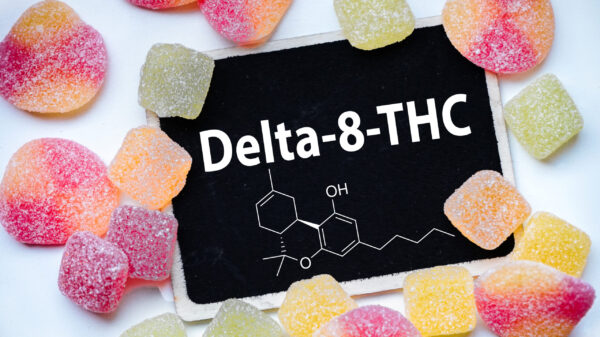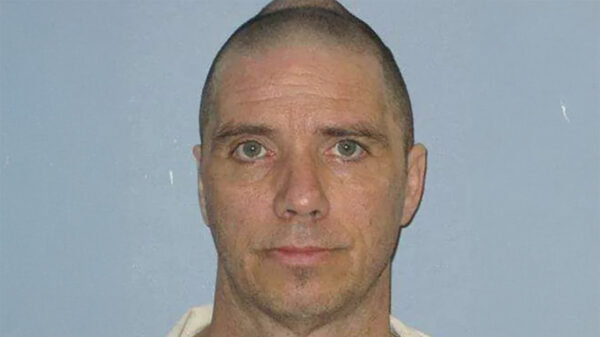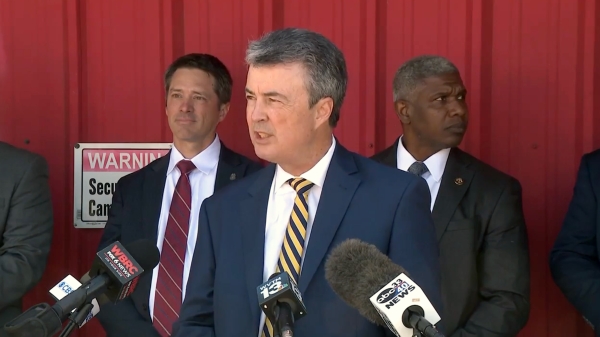|
Getting your Trinity Audio player ready...
|
Alabama executed Alan Eugene Miller using nitrogen hypoxia at the William C. Holman Correctional Facility on September 26. This marked only the second time the state has used this controversial method, in which the condemned inmate inhales pure nitrogen, leading to death by suffocation. Miller was pronounced dead at 6:38 p.m., following his conviction for the 1999 murders of Lee Holdbrooks, Christopher Yancy, and Terry Jarvis.
Governor Kay Ivey defended the decision, stating, “Justice was finally served for these three victims through the execution method elected by the inmate.” Attorney General Steve Marshall also issued a statement, claiming, “Tonight, justice has been served,”and affirming that nitrogen hypoxia is “humane and effective.”
However, this method of execution remains highly controversial. Nitrogen hypoxia has never been used on humans outside of Alabama’s two executions, raising serious questions about its impact and the unknown risks involved. Despite Alabama officials promoting it as a painless alternative, critics question the lack of research and data to support such claims.
Inmates like Miller, who initially chose nitrogen hypoxia over other methods, have had limited information about what the method entails. The process involves the subject wearing a mask and inhaling pure nitrogen, which displaces oxygen in the bloodstream. Advocates for the condemned argue that this could cause prolonged distress as the body desperately gasps for air that contains no oxygen. Witnesses to Miller’s execution noted that he appeared to take agonal breaths—a sign of suffocation—before being declared dead.
While the Alabama Department of Corrections reported that the execution “went as expected and without incident,” this description has done little to dispel concerns about the state’s use of an untested method. Medical professionals and human rights advocates remain skeptical of whether nitrogen hypoxia meets the standard of being a truly humane form of execution. They argue that, in its rush to offer alternatives to lethal injection, Alabama has adopted a method that could lead to unnecessary suffering and potentially painful deaths.
The ethical implications of nitrogen hypoxia as a state-sanctioned execution method remain under scrutiny, particularly as other states consider following Alabama’s lead. Given the lack of medical consensus and disturbing accounts from execution witnesses, many question whether this experimental method truly represents progress in the administration of capital punishment—or if it introduces new, unresolved issues surrounding cruelty and human dignity.






















































